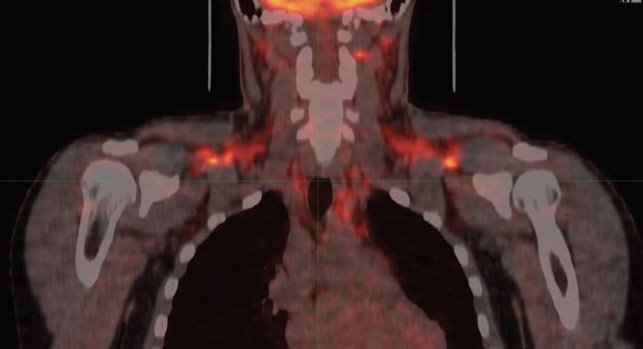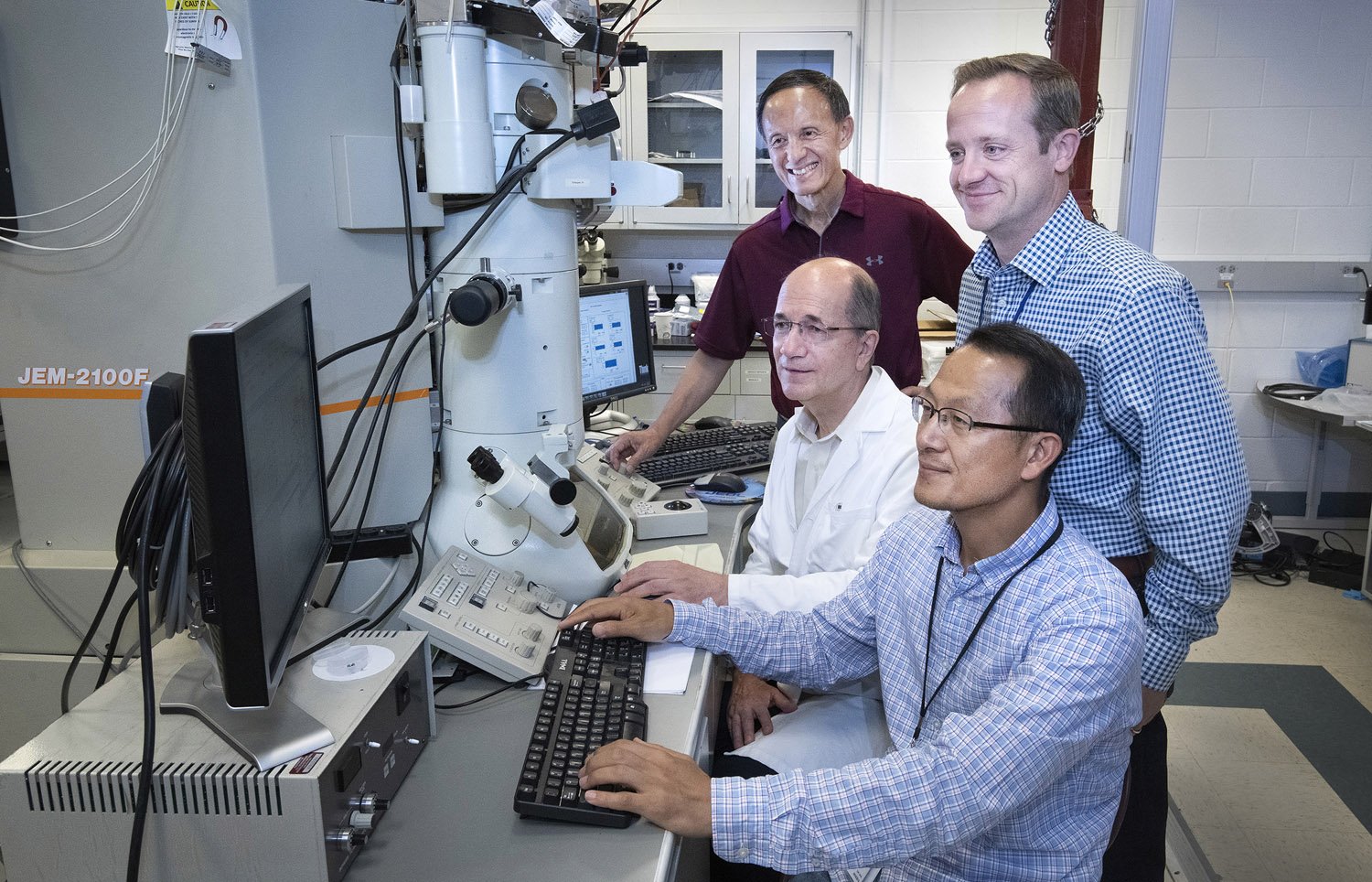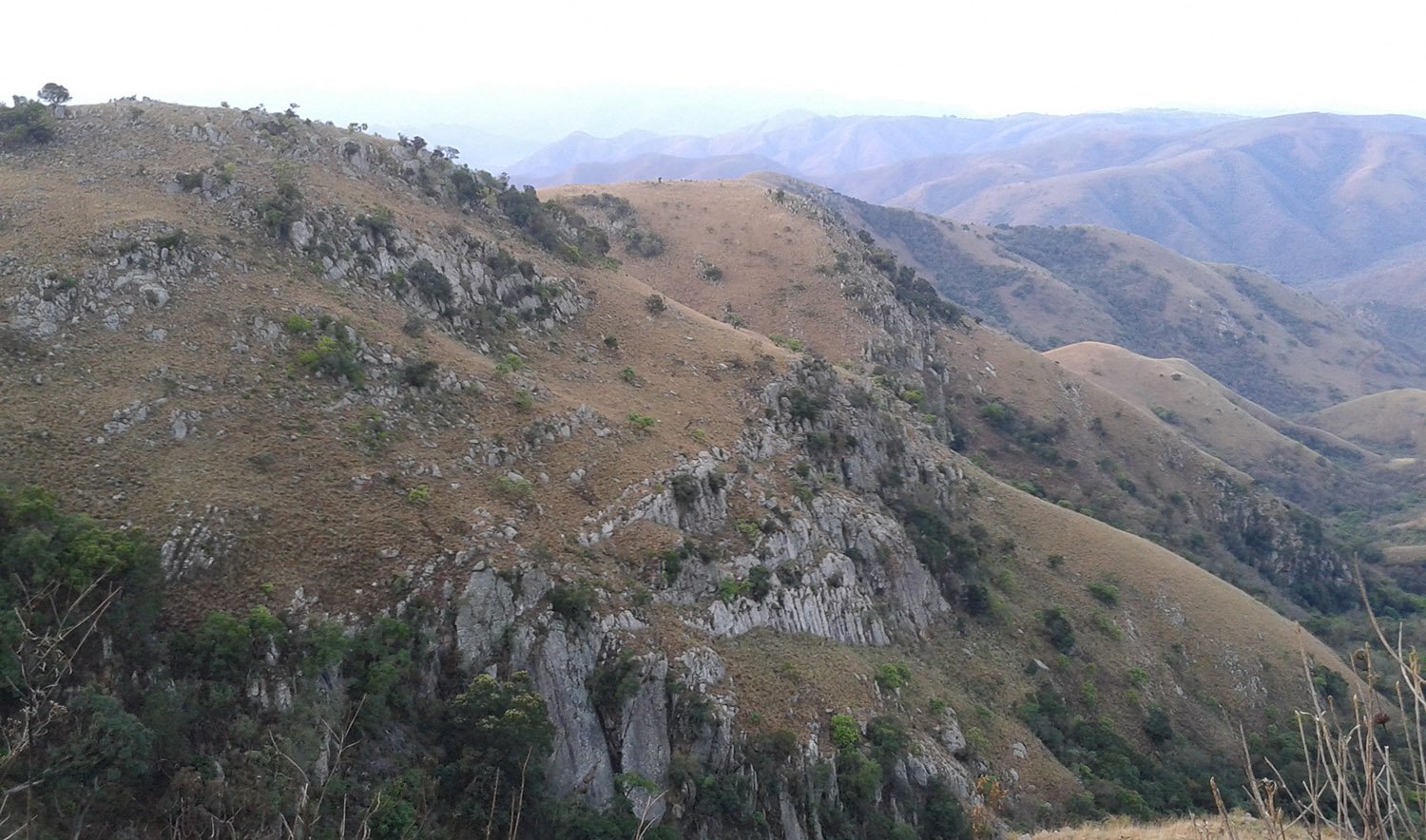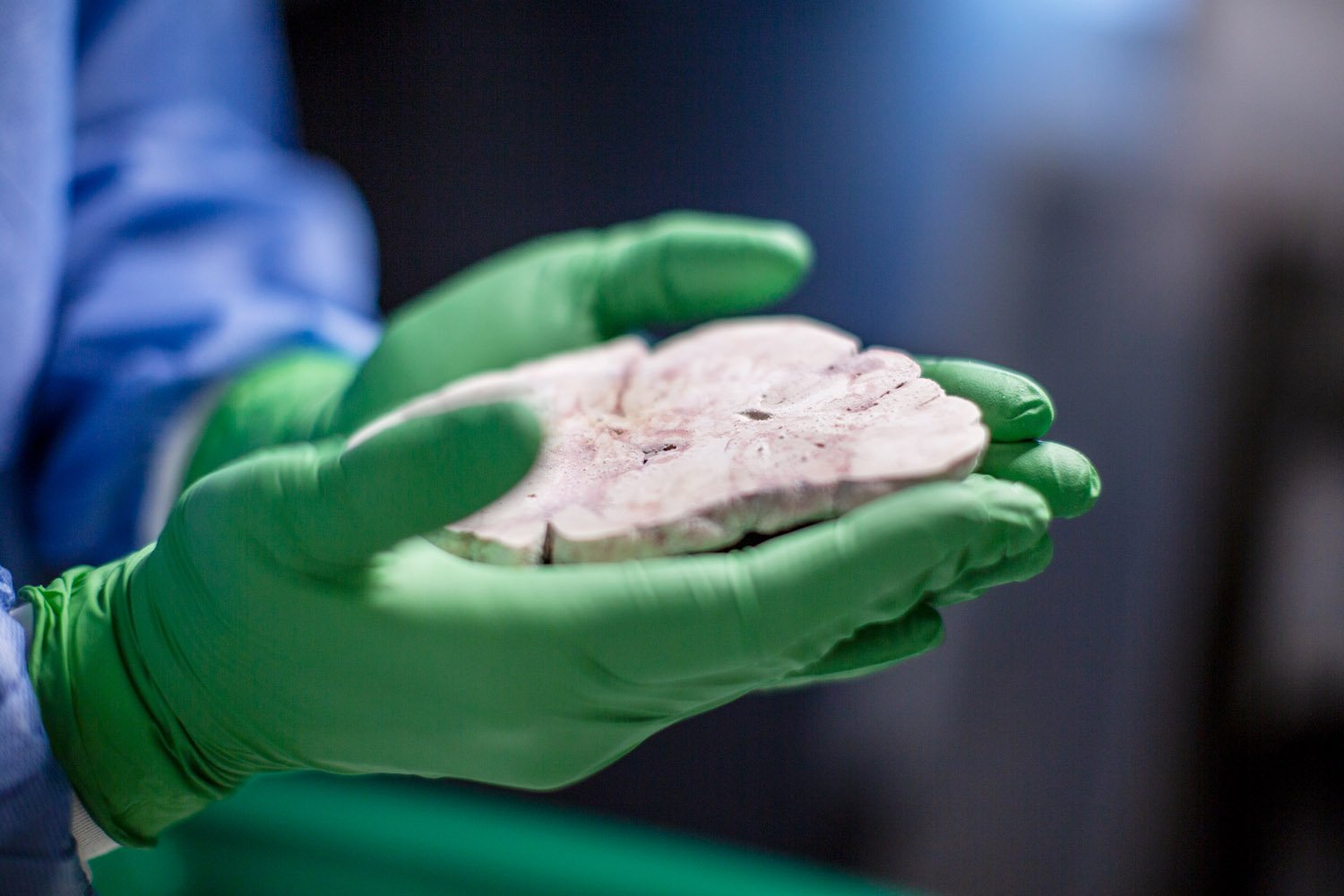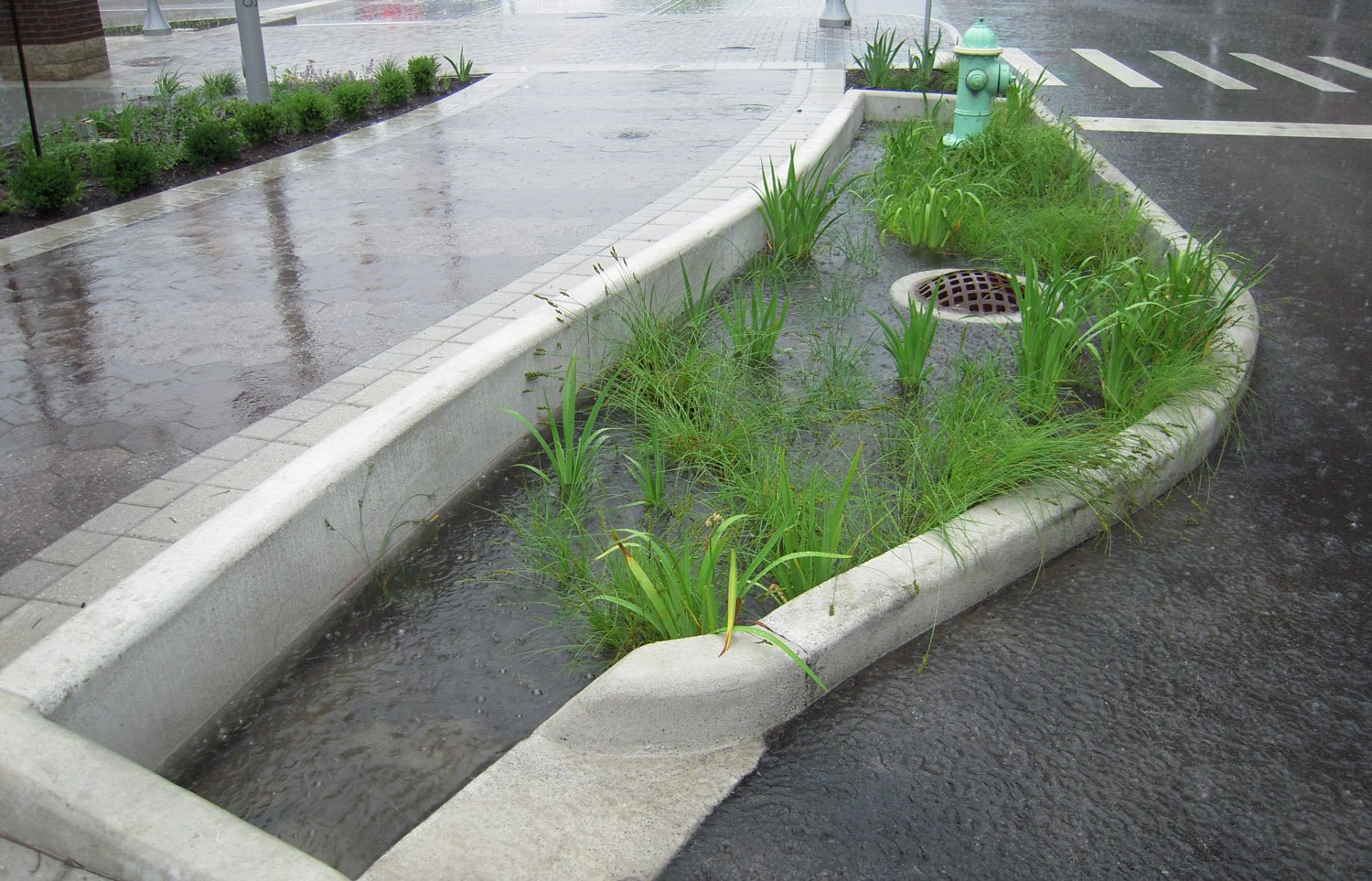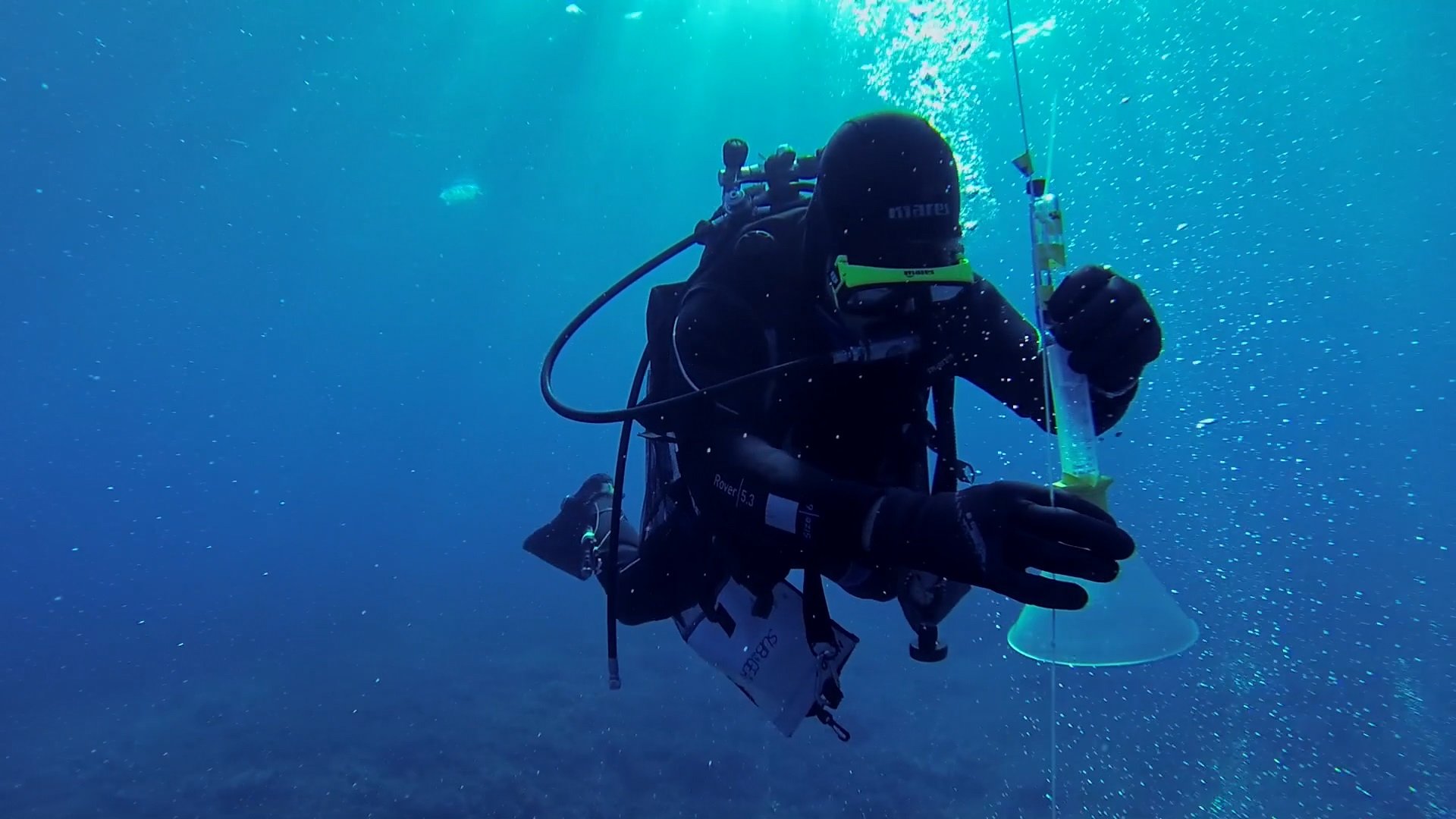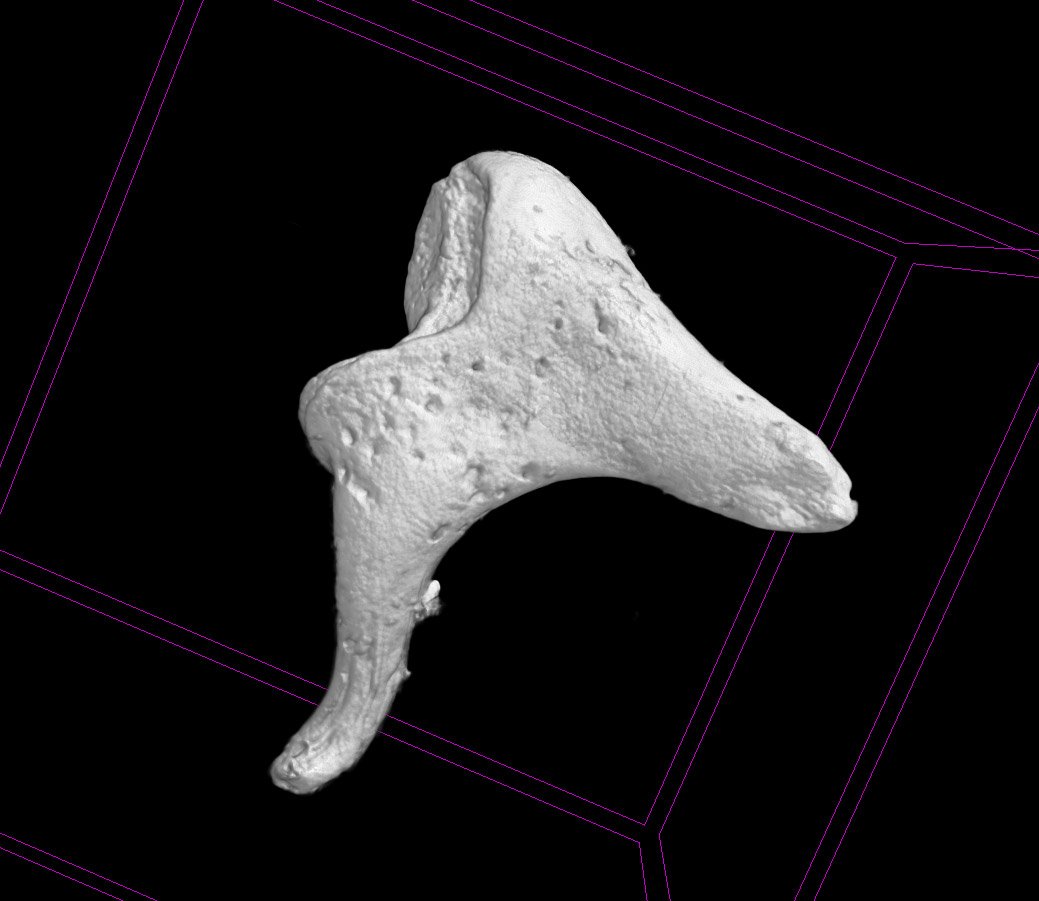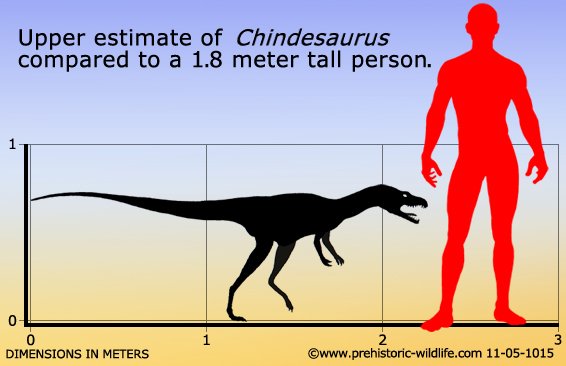Scientists discover why brown fat is good for people’s health
Rutgers and other scientists have discovered how brown fat, also known as brown adipose tissue, may help protect against obesity and diabetes. Their study in the journal Nature adds to our knowledge about the role of brown fat in human health and could lead to new medications for treating obesity and type 2 diabetes. Brown … Read more
